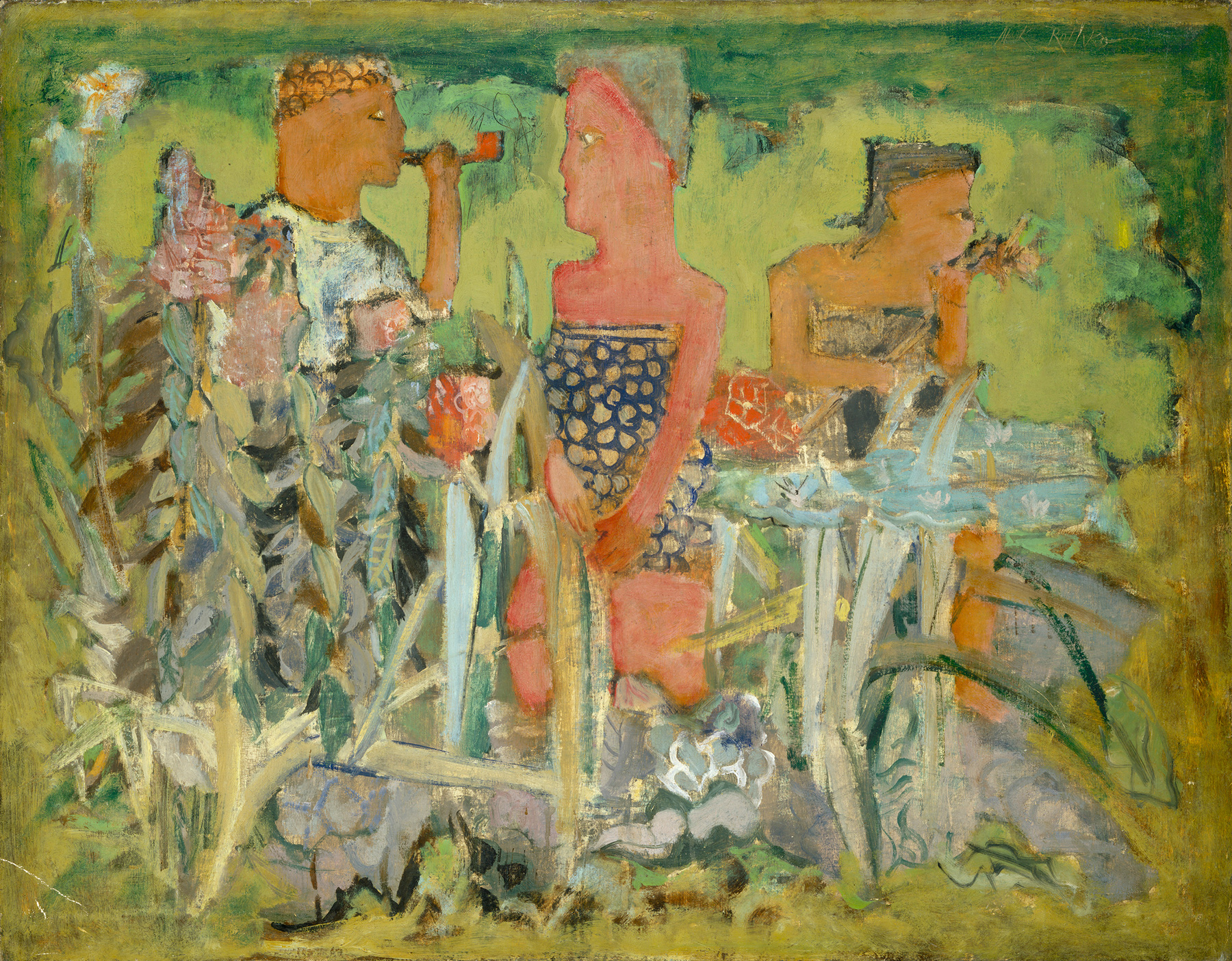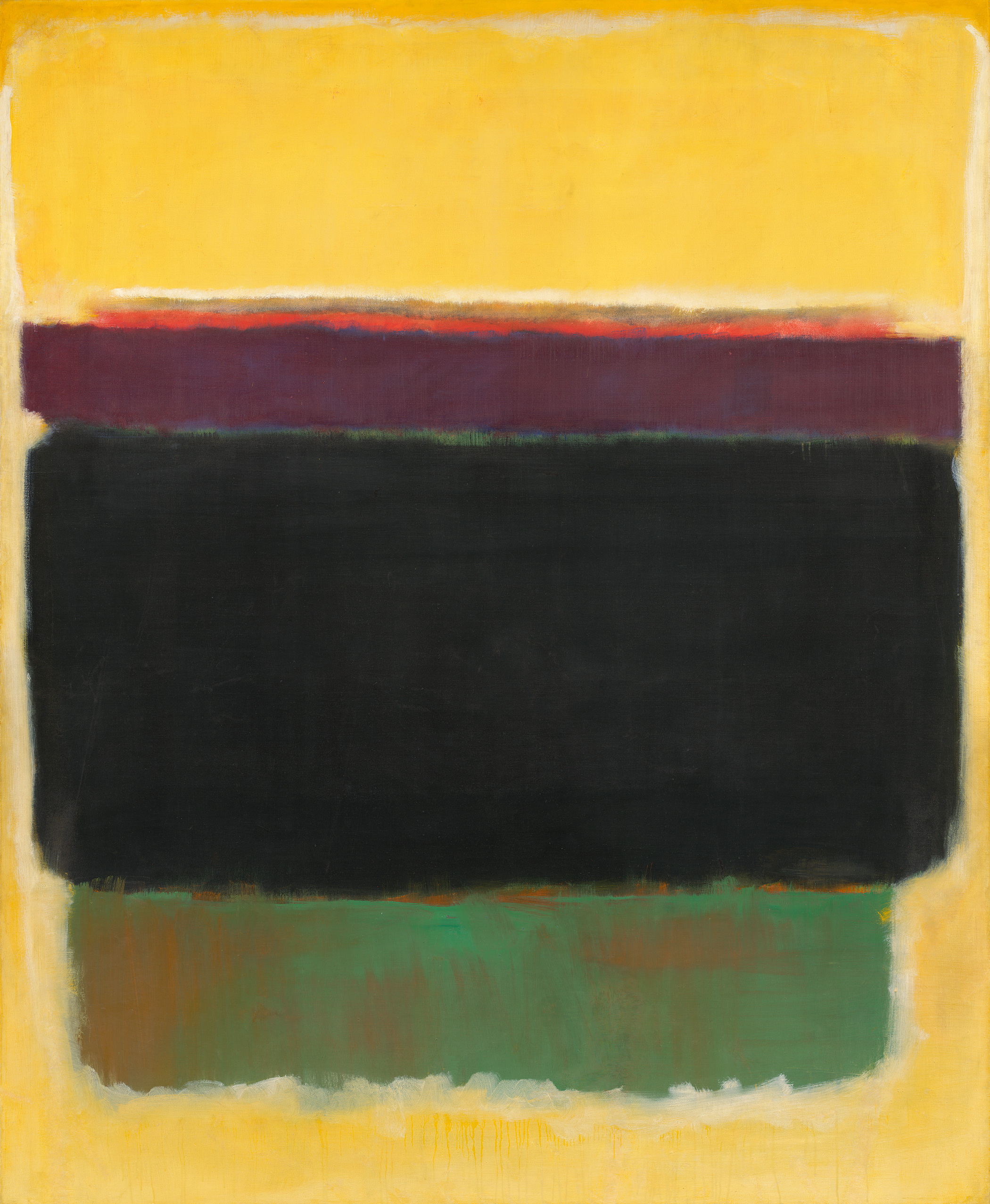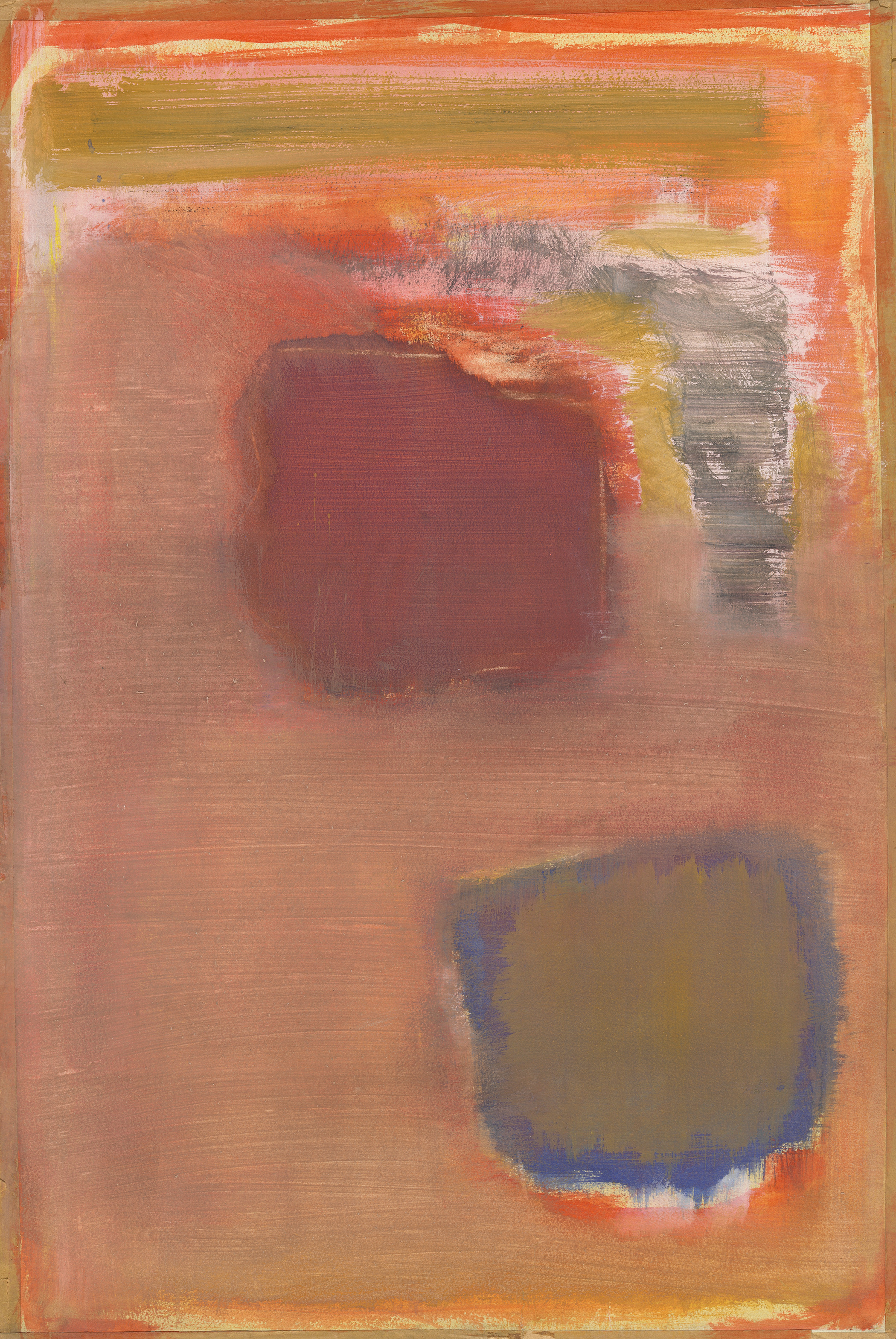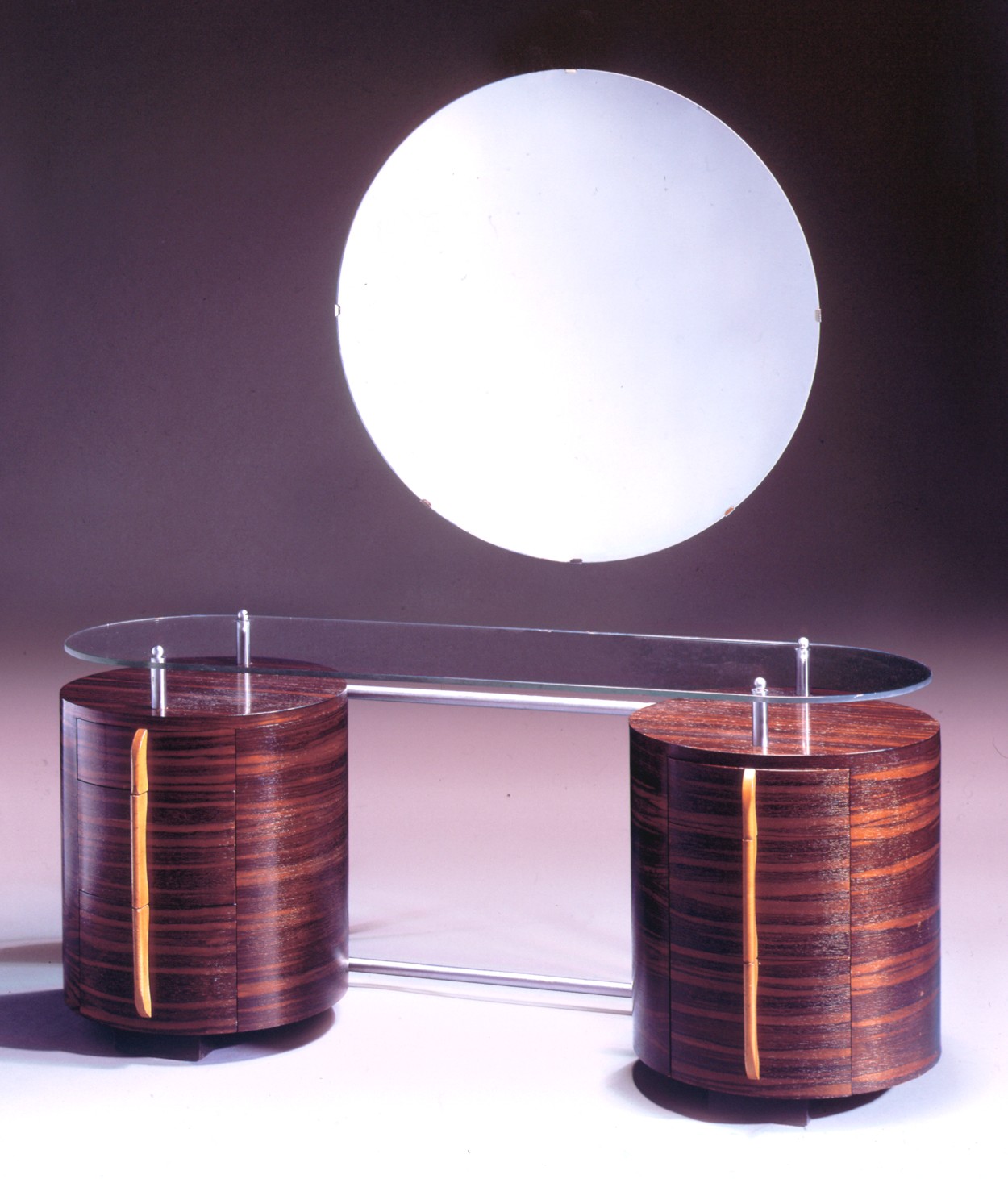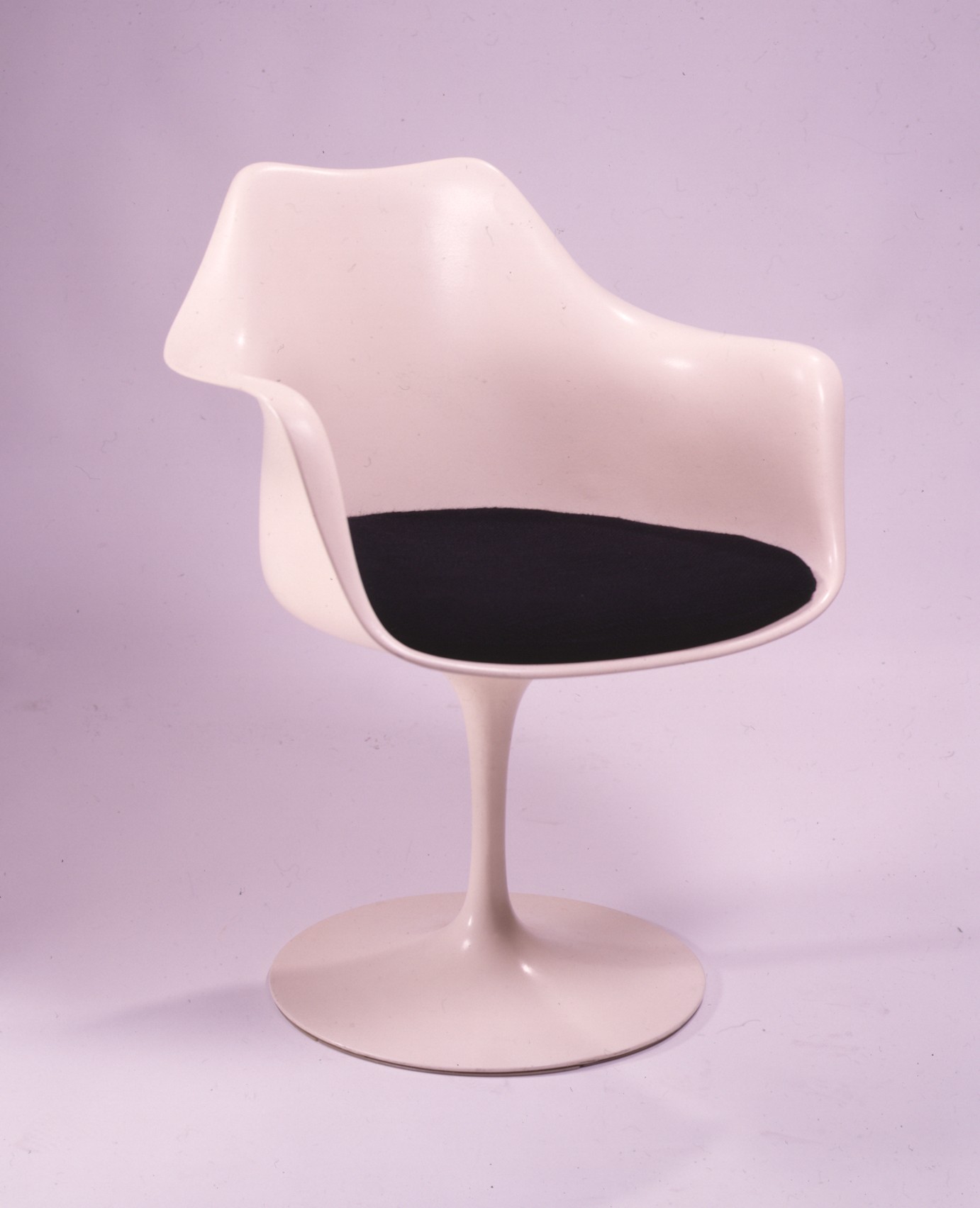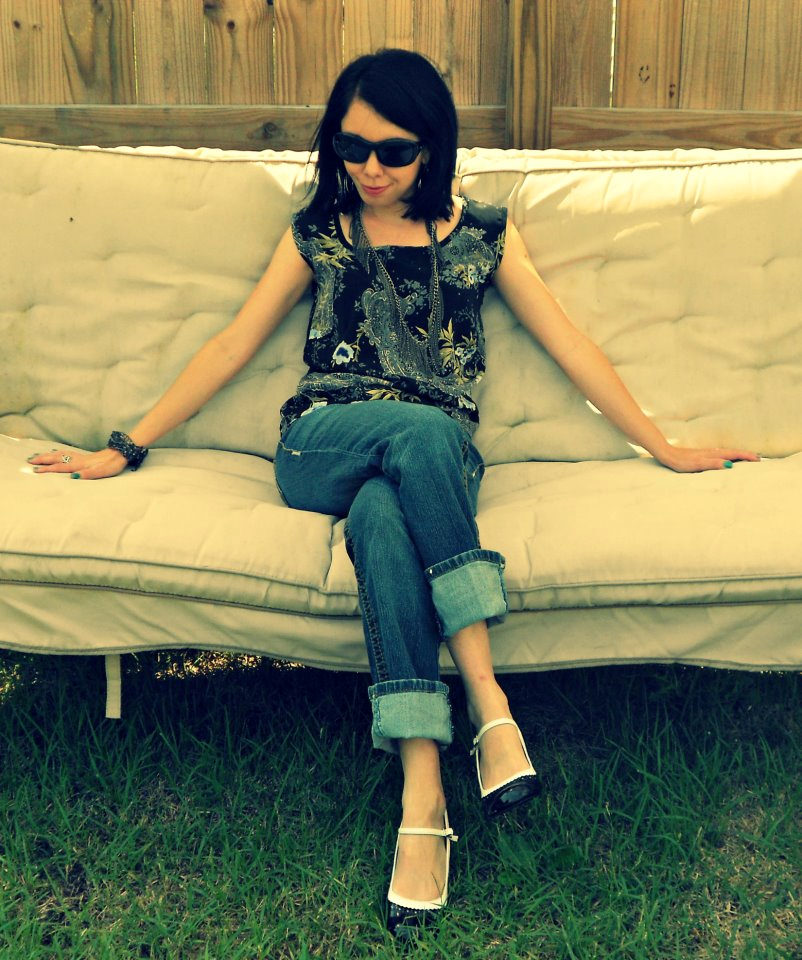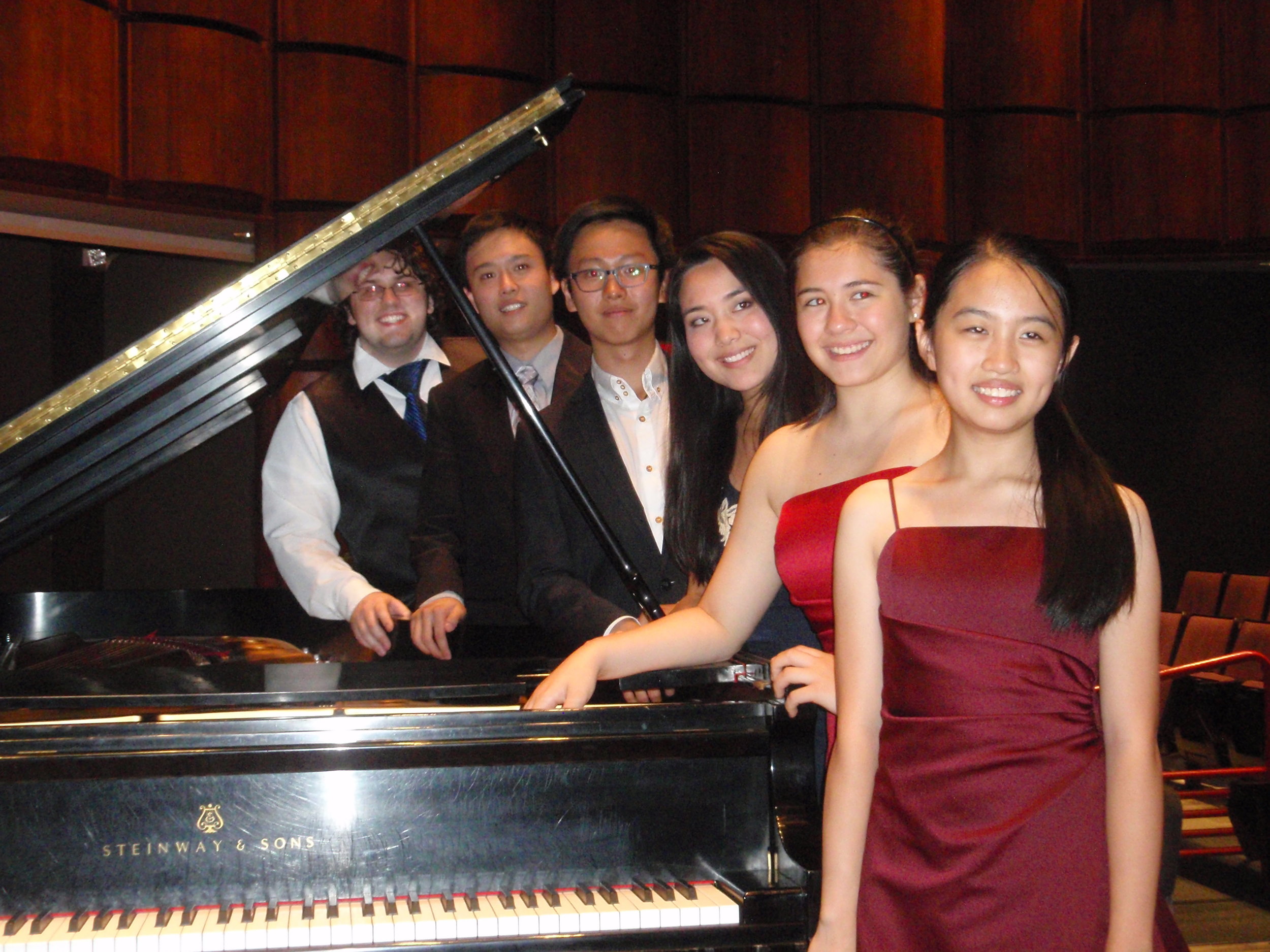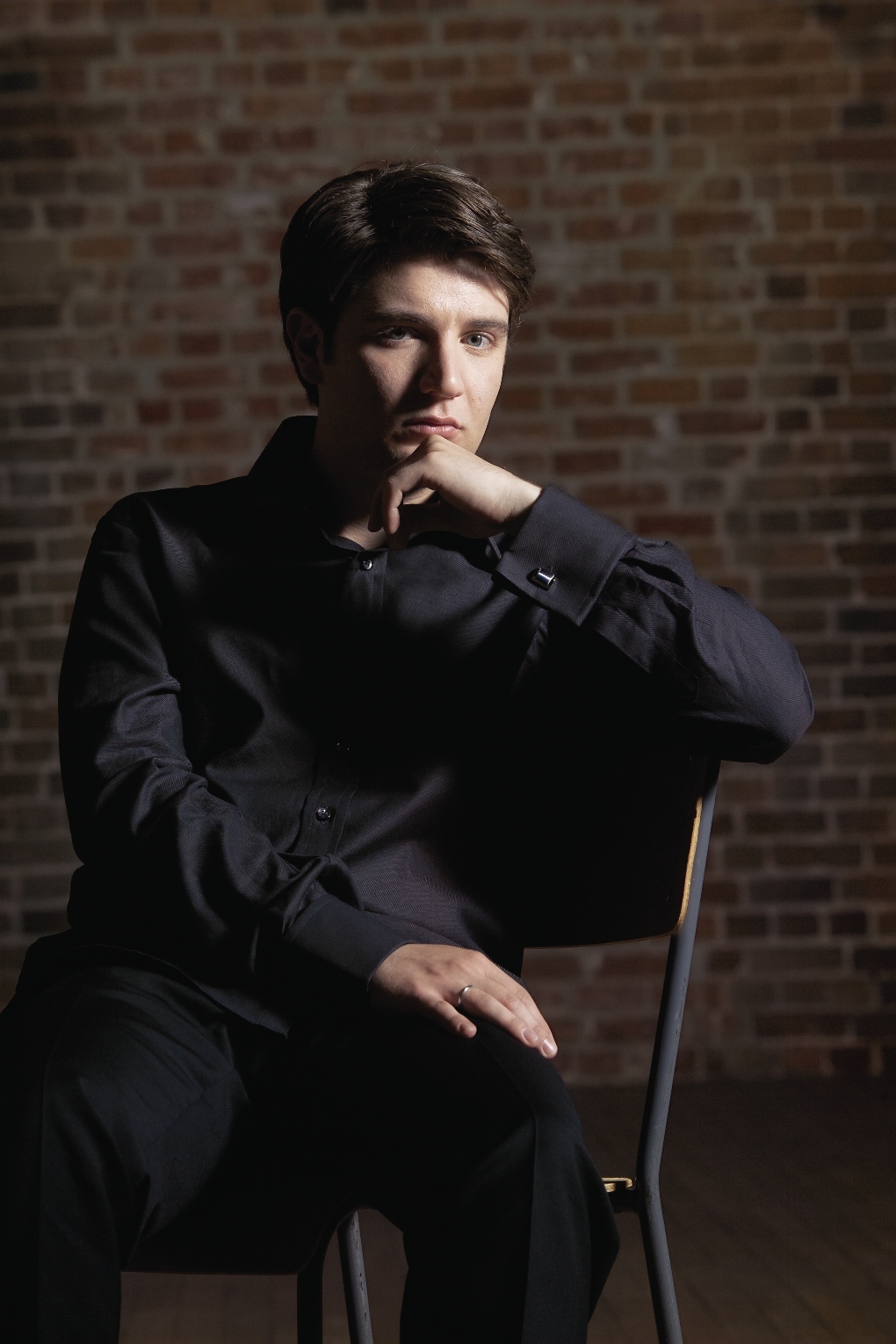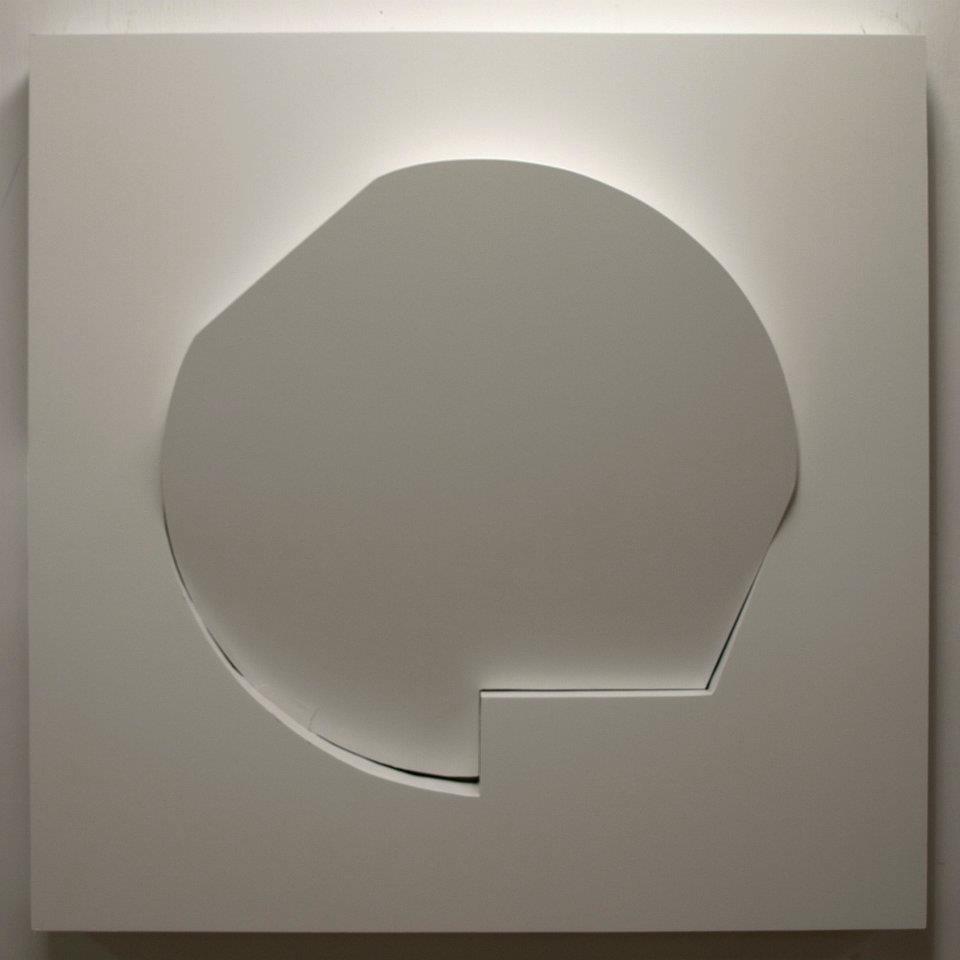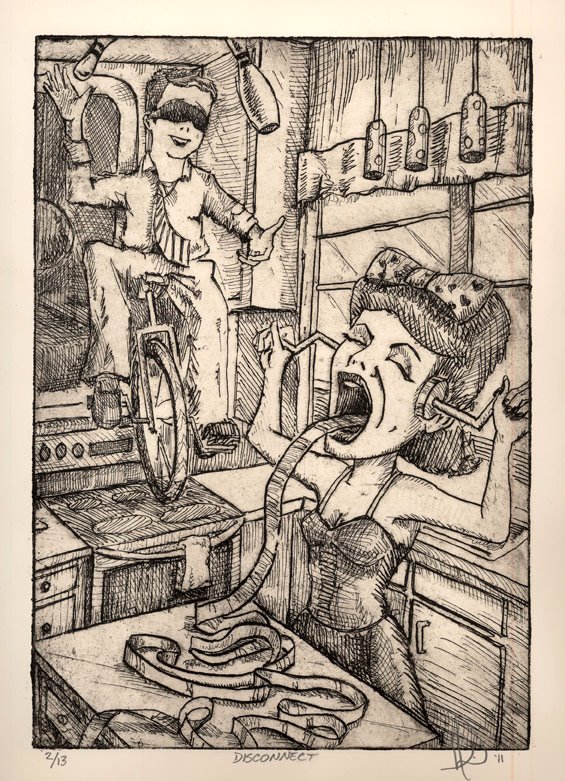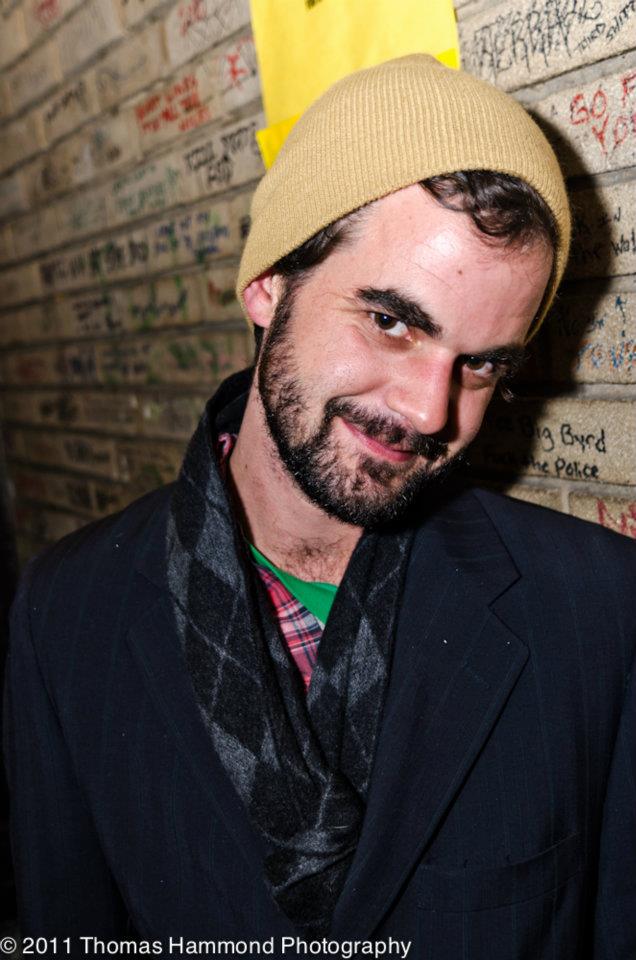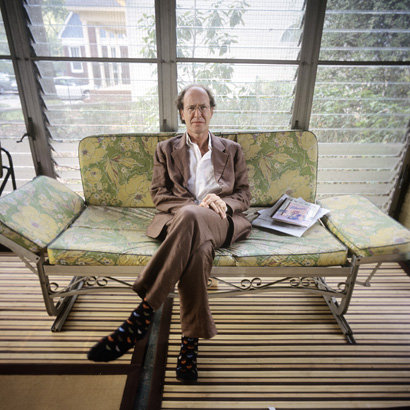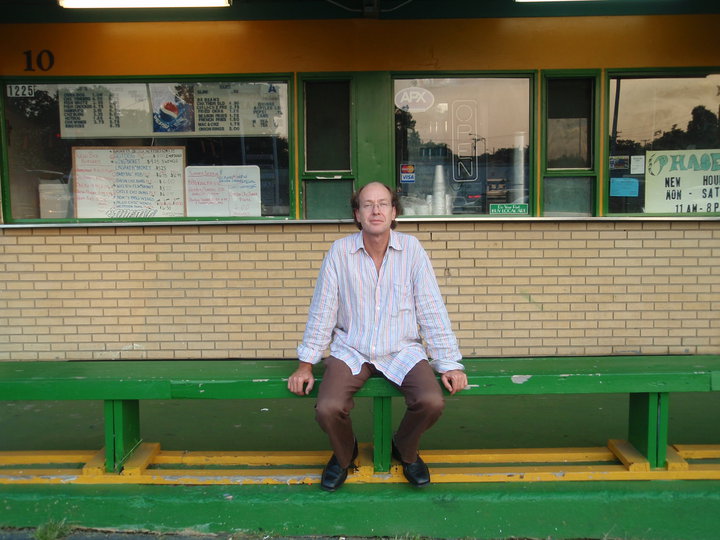 A few miles down the road from the fortified compound that houses Jasper Magazine, something is cooking at The Free Times in the Rant And Rave section, and when something starts to cook on that burner, the responses can go on longer than some of the threads on Chris Bickel's Facebook posts, only it's not inter web realtime, so that means weeks. I wanted to throw my pat of butter onto this particular griddle in a somewhat public forum before everybody forgets how the whole fucking thing started (I'm just as guilty as the next: we have given ourselves the attention span of gnats with this internet thing-I hear heckles that 'this internet thing' is what is allowing me to have my say about something while it's still remotely topical…just remember, if you're close enough to hear you're close enough to chew the face off of…).
A few miles down the road from the fortified compound that houses Jasper Magazine, something is cooking at The Free Times in the Rant And Rave section, and when something starts to cook on that burner, the responses can go on longer than some of the threads on Chris Bickel's Facebook posts, only it's not inter web realtime, so that means weeks. I wanted to throw my pat of butter onto this particular griddle in a somewhat public forum before everybody forgets how the whole fucking thing started (I'm just as guilty as the next: we have given ourselves the attention span of gnats with this internet thing-I hear heckles that 'this internet thing' is what is allowing me to have my say about something while it's still remotely topical…just remember, if you're close enough to hear you're close enough to chew the face off of…).
Ed [Madden, Poetry Editor] and I were in the bullpen out at the compound at Muddy Ford about a week ago, grinding the pigment out of wildflowers to use for the various colored ink for the upcoming issue (you don't just write when you're on staff at Jasper). As the man said so long ago, "we spoke of movies and verse, and the way an actress held her purse, and the way life and times could get worse…" Then we spoke of Jeffrey. Ed mentioned somebody bitching about our mutual friend Jeffrey Day and one of his less than enthusiastic notices concerning some or other arts related event here in town. We agreed not only that bitching about a review was unwarranted and whiny, but that (you can quote me on this) Jeffrey Day is the best all-around arts critic writing in Columbia. Imagine my surprise when, perusing the new issue of the Free-Times the next day [June 26-July 2], I got to the very last words that weren't ad copy, and they read,
"I found a little Jeffrey Day dribble in my Free Times this morning (Arts, June 20). Apparently, the guy is like treatment-resistant gonorrhea; you may think he’s gone, but he ain’t."
I love the Free Times. I have had a man-crush on its editor since I saw his band open for The Violent Femmes when I was 15 years old. When it comes to full coverage journalism in Columbia, The Free Times has no competition, and their work is consistently terrific. And, like most people, I love the Rant And Rave section. So, let me make it completely clear that in no way am I trying to defame The Free Times when I say, in regard to the quote above:
Fuck. That. Shit.
Here are a few more choice words in regard to that quote.
I've known Jeffrey for going on 25 years, and I consider him a friend, but my anger about those words being said about a friend is beside the point, and what's more, personal, and I'd like to keep this out of that realm. I will, therefore, dispense with attempting to address the anonymous coward who spilled that bile onto the back page of an otherwise decent news rag, and try to look at the bigger picture.
The above quote is indicative of a problem some of the people involved in Columbia's arts community have that can end up being fucking deadly: everybody wants press, but none of them are willing to take criticism from anybody who knows what they're saying. First, let me say that, if you're an artist and you can't take the ugly words the same way that you take the kind words that people say about your art, if you can't be humble in the face of adulation and venom, throw that towel in. Now. You're a kiddie swimming in the big person pool. Get out until you've grown up a little. Beyond that, if our arts scene (which, listen, don't get me wrong, seems to be flourishing and cohering so successfully at this point that it's making me nervous) is nothing but a bunch of people smiling and waxing each others' cars, the whole thing will either burn bright very briefly and then die (again) because, take my word, that kind of enthusiasm can not be maintained without serious drugs; or those grinning waxers will turn around after telling you they love your work and tell somebody else how shitty they really think it is, this behavior will proliferate, and the whole thing will fizz out like a soggy sparkler and die (again).
Be honest about what you think and feel when you experience a work of art, and be willing and able to back it up, especially if your thoughts and feelings are negative. This will create dialogue, which will create working and personal relationships, which will create community. That's one thing.
The other is, for FUCK'S sake, we artists should get down on our knees and praise Allah for allowing us to have an art critic like Jeffrey in this town. Jeffrey is knowledgeable about enough aspects of both visual and performing arts that he can write incisive criticism about what he sees, whether it's a review of a musical at Town Theatre, a symphony performance at the Koger Center, or the latest show at the Columbia Museum of Art. He does so without any bells and whistles, without flexing his intellect publicly, and in such a way that a person reading his reviews does not have to be an aficionado to understand what he has written. He has been a paid writer for virtually every print outlet that covers the arts in Columbia, and when times got tough, he continued to do it for free online. Somehow, Jeffrey sees it all, and he reports on it honestly and thoroughly. People have faulted him for being too harsh a critic as long as I've known him, and, again, let me say it: Fuck. That. Shit.
Jeffrey has seen what the arts community in this city is capable of, and the reason we should be grateful for him is that he holds us to that high standard, and if we weren't around to know about the standard he's holding us to, he'll be glad to tell us about it. He is a good man. He may be a grumbling, naysaying curmudgeon sometimes, but if he knows you, he'll laugh at himself with you about it, especially if you're like me, and he knows that you'll only put up with his grumbling for so long before you pull out your tickle-bat and whack him with it (I'll tell you more about the tickle-bat some other time).
Jeffrey wrote a review of a play I directed in 2005 that has been the kindest thing written about any single artistic endeavor I've been involved with. It ended with the phrase, "…one of the ten best plays to be performed in Columbia in the last ten years." No shit. It was such a good review that I started telling people I'd paid him to write it, or that myself and the cast had gotten him loaded, like Joe Cotten in Citizen Kane, and finished the review for him after he passed out. He also wrote a very poor review of a show I directed in 2000 that I thought was perfect. Ultimately, I believe it was that poor review that made Jeffrey my friend. He would come sit and talk with me and whoever I was with (or vice-versa) when we'd see each other out at the bars or around town. I noticed that, for a long time after that poor review, he didn't seem to come and sit and talk when I saw him, and at first it puzzled me, but then, I realized that he probably thought I was pissed at him about the review (reading that Free Times quote and thinking about how much of that bullshit he's probably had to endure over his career makes me feel naive for ever wondering why he would have thought he should approach an artist with kid gloves). I saw him out one night. I was a little in my cups, so I told him that he needn't ever worry about me being an asshole to him if he wrote a bad review of one of my shows because, ultimately, good or bad, I wasn't doing it for him. I think most people would have been more than a little off-put by some drunk jerk coming up and telling them that they didn't care what they thought, but after that, Jeffrey seemed so much more relaxed and willing to talk when we would see each other.
The part I'm not sure about is whether I told him about the quote. After his bad review came out, I happened to read an interview from the 60's with Miles Davis. To bolster the esteem of the cast of the play Jeffrey had panned, I printed this quote out and hung it backstage:
"I get sick of how a lot of them write whole columns and pages of big words and still ain't saying nothing. If you have spent your life getting to know your business and the other cats in it, and what they are doing, then you know if a critic knows what he's talking about. Most of the time they don't. I don't pay no attention to what critics say about me, the good or the bad. The toughest critic I got, and the only one I worry about, is myself. My music has got to get past me and I'm too vain to play anything I think is bad."
What came after this, which I left out for my cast, but include here, is this:
"No, I ain't going to name critics I don't like. But I will tell you some that I respect what they write -- Nat Hentoff, Ralph Gleason and Leonard Feather. And some others, I can't right off think of their names. But it ain't a long list."
The list might not be long, but this vain, self-critical artist is glad to say that Jeffrey Day is on it.
-- Alex Smith, staff writer, Jasper Magazine
(Alex Smith has written about The Next Door Drummers and artist Cedric Umoja for Jasper Magazine. In the upcoming issue, releasing on July 12th, he writes about music director Tom Beard, Lighting designer Aaron Pelzek, and experimental musician C. Neil Scott. Alex Smith is NOT the Sports Editor for Jasper Magazine.)






